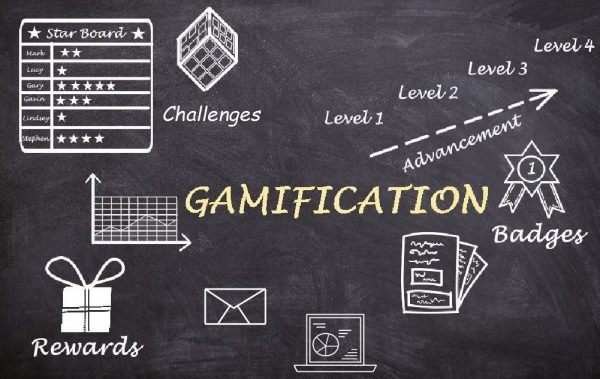As you read TPE 3.4, 3.5, and 3.6, consider the common theme of needing to match the right resource, tool, or strategy to the needs of our diverse learners.
TPE 3.4: Individually and through consultation and collaboration with other educators and members of the larger school community, plan for effective subject matter instruction and use multiple means of representing, expressing, and engaging students to demonstrate their knowledge.
TPE 3.5: Adapt subject matter curriculum, organization, and planning to support the acquisition and use of academic language within learning activities to promote the subject matter knowledge of all students, including the full range of English learners, Standard English learners, students with disabilities, and students with other learning needs in the least restrictive environment.
TPE 3.6: Use and adapt resources, standards-aligned instructional materials, and a range of technology, including assistive technology, to facilitate students’ equitable access to the curriculum.
Instructions
This discussion explored how to organize and curate instructional resources and tools to support diverse learners. We also had the opportunity to showcase or learn about Wakelet and Padlet as platforms for curating information. Here, we shared a collection of resources and described three that promote equitable access to the curriculum and support diverse learners.
- Initial Post:
- Share a collection from Wakelet, Padlet, or another platform that you currently use, containing at least 10 resources. Ensure that viewers can access your collection.
- These resources can include instructional strategies, tools, assistive technologies, instructional materials, or tools that facilitate multiple means of engagement, representation, or expression.
- In Your Discussion Post:
- Describe three resources from your collection and explain how each resource promotes equitable access to the curriculum and supports diverse learners, including English learners, Standard English learners, students with disabilities, and students with other learning needs.
- Include a tool that supports social-emotional learning among the resources.
Three resources that promote equitable access to the curriculum and support diverse learners:
- Desmos Graphing Calculator: This tool supports diverse learners by providing a visual representation of algebraic equations and inequalities, making abstract concepts more concrete and accessible. It is particularly beneficial for visual learners and students with learning disabilities who may struggle with traditional algebraic notation.
- GeoGebra: GeoGebra offers dynamic, interactive learning experiences that cater to various learning styles. It allows students to manipulate geometric shapes and algebraic equations, providing immediate visual feedback. This interactivity is especially helpful for English learners and Standard English learners, as it transcends language barriers and enables them to explore mathematical concepts through visual and hands-on experiences.
- Edpuzzle: By enabling teachers to embed questions into video lessons, Edpuzzle promotes active engagement and checks for understanding throughout the lesson. This feature is valuable for students with disabilities or other learning needs, as it allows for frequent assessment and immediate feedback, ensuring that they are keeping pace with the content. Additionally, the ability to pause and replay videos supports differentiated learning, allowing students to learn at their own pace.
Including a tool like Mindfulness for Teens addresses the social-emotional learning aspect, providing resources for stress management and emotional regulation, which are crucial for creating a supportive learning environment for all students.



